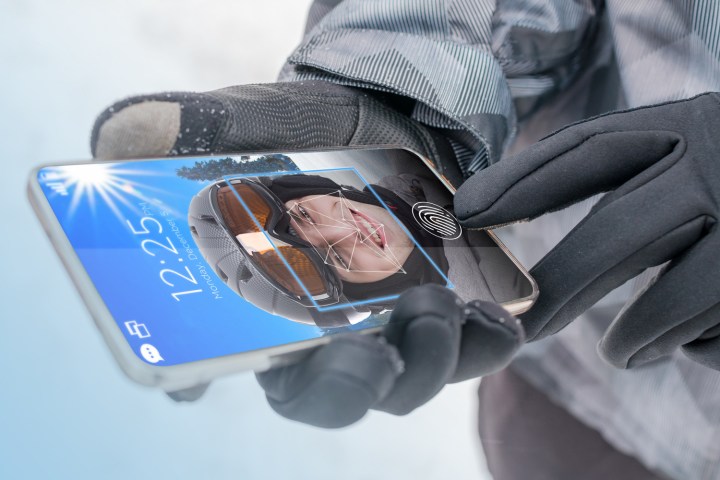
The new engine is an expansion of the Synaptics current platform, which uses fingerprint sensors to recognize users who have been granted access to a particular device. The biometric fusion engine can cross-reference fingerprints with powerful facial recognition functionality in order to confirm the user’s identity.
Synaptics will partner with KeyLemon to integrate facial recognition into its security platform. The company has stated that its collaboration with the biometrics specialist will allow it to bring these innovations to the market much quicker, thanks to the fact that KeyLemon is well established in this arena.
Users will be able to select whether their device requires a facial scan or a fingerprint scan depending on the situation. For instance, if they happen to be using their tablet or smartphone while wearing gloves, logging in via facial recognition would likely save time compared to scanning their finger.
However, for best results, the two forms of protection would be used in sync. The thinking is that multi-factor protection — requiring both the face and the fingerprint to be recognized — offers a high level of security suitable for authenticating financial transactions and other tasks that might require heightened defences.
“Synaptics’ Natural ID fingerprint sensors are already significantly more secure and convenient than typed passwords, and by adding multi-factor biometrics, users achieve a whole new level of exceptional device- and application-level authentication,” wrote the vice president of marketing for the company’s biometrics division, Anthony Gioeli in correspondence detailing the new engine.
Gioeli went on to indicate that this is merely the first phase of a larger effort to ramp up Synaptics’ implementation of biometric security.


